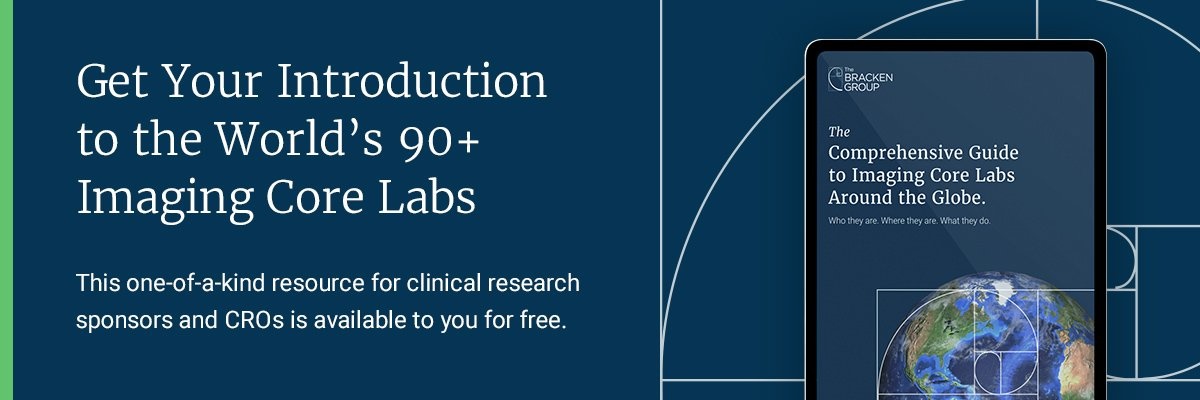TBG consultants have extensive experience in meeting with the FDA in a variety of formats and on numerous topics. One of the newer and least frequently discussed formats is the Clinical Path for Innovation Meeting (CPIM), a meeting for the purpose of discussing science that supports proposed innovations in drug development.
The CPIM debuted in 2013, but the concept had been under discussion for nearly a decade prior. In 2004, FDA’s Center for Drug Evaluation and Research (CDER) announced it was concerned about lagging innovation in drug development. CDER summarized its concerns in a publication entitled “Innovation or Stagnation: Challenge and Opportunity on the Critical Path to New Medical Products.” It listed several areas in product development that CDER believed needed attention, including . . .
-
Technical methods such as animal or computer-based predictive models
-
Biomarkers for safety and effectiveness
-
New clinical evaluation techniques
-
Better tools for developing medical technologies
In summary, the FDA’s view was that medical product development was not keeping pace with advances being made in the basic sciences.
Two more publications followed: In 2006, the FDA published its “Critical Path Opportunities List.” In 2011, CDER published “Identifying CDER’s Science and Research Needs Report.” Two more years would pass before a CPIM finally took place. The topic of that first meeting, in June 2013, was “Use of MRI in Joints as Potential Clinical Trial Endpoints in Patients with Rheumatoid Arthritis.” Leading the meeting that day was TBG’s own Colin G. Miller, with his colleague, Harris Ahmad MD (now Global Medical Affairs Lead at Bristol Myers Squibb).
The topic of that first meeting, in June 2013,
was “Use of MRI in Joints as Potential Clinical Trial Endpoints
in Patients with Rheumatoid Arthritis.” Leading the meeting that day
was TBG’s own Colin G. Miller with his colleague, Harris Ahmad MD
(now Global Medical Affairs Lead at Bristol Myers Squibb).
At least 88 CPIMs have taken place since the spring of 2013, and the topics have ranged widely. (See the list here.) Unfortunately, there’s no information readily available as to how much of an impact the CPIMs have had in advancing drug development.
If your organization has a topic worthy of a CPIM, you could venture to make an impact of your own. Requests for CPIMs can come from anyone with a role in drug development. Disease advocacy organizations, public/private partnerships, industry, academia, and government are also invited to participate.
You can download a detailed description of CPIMs and how to request one here.
Should you need any help with the process, reach out to us at TBG. We’ve been there.
